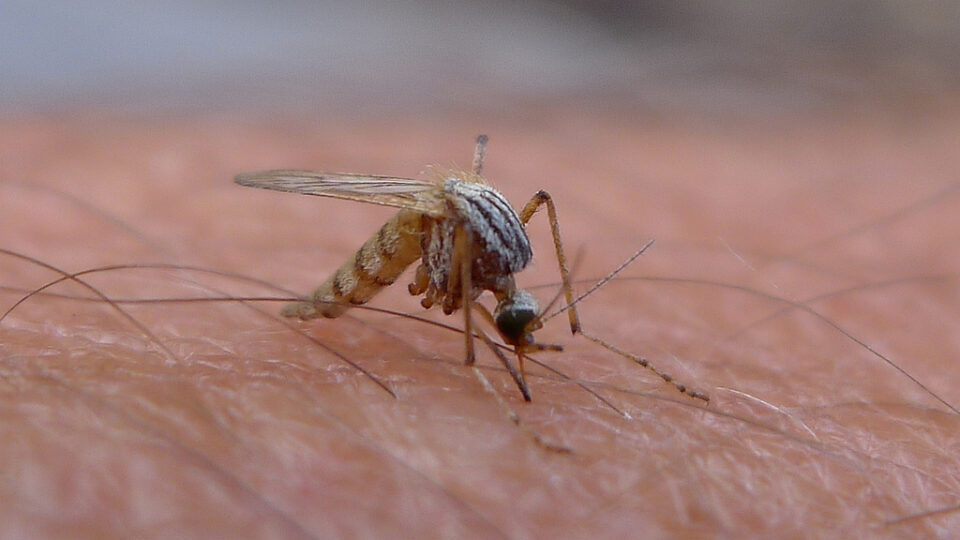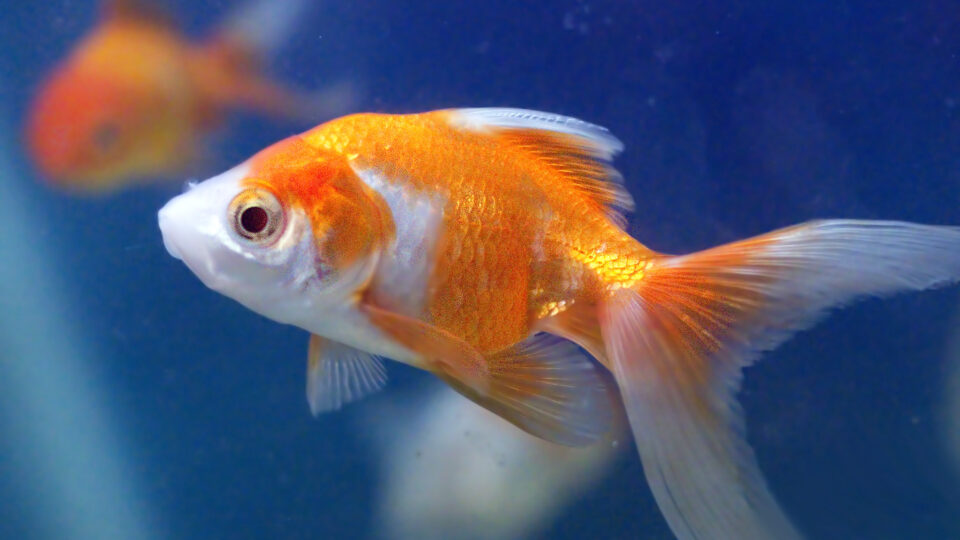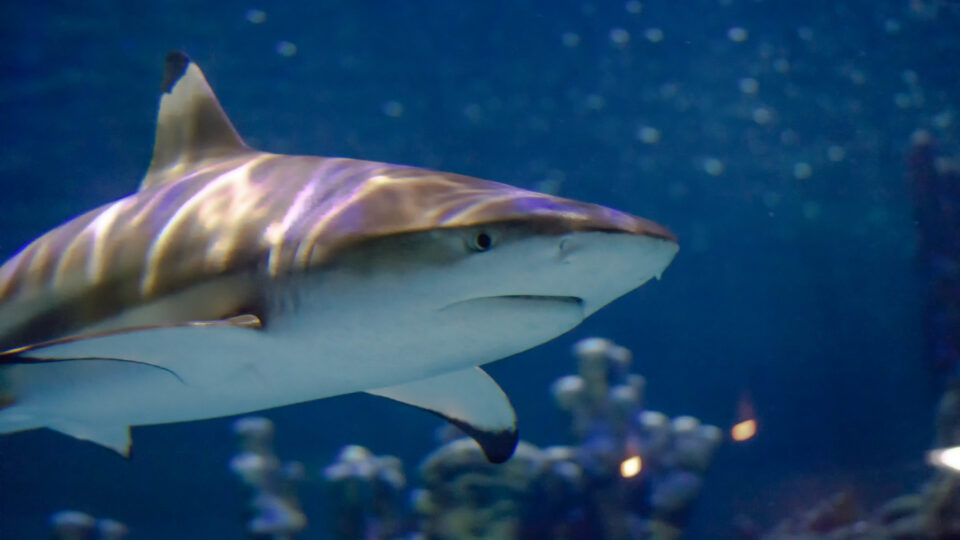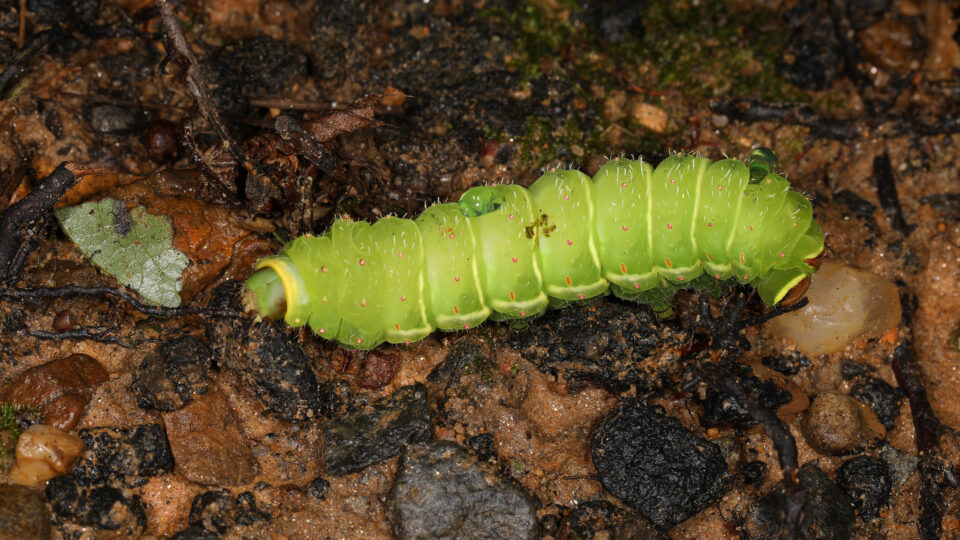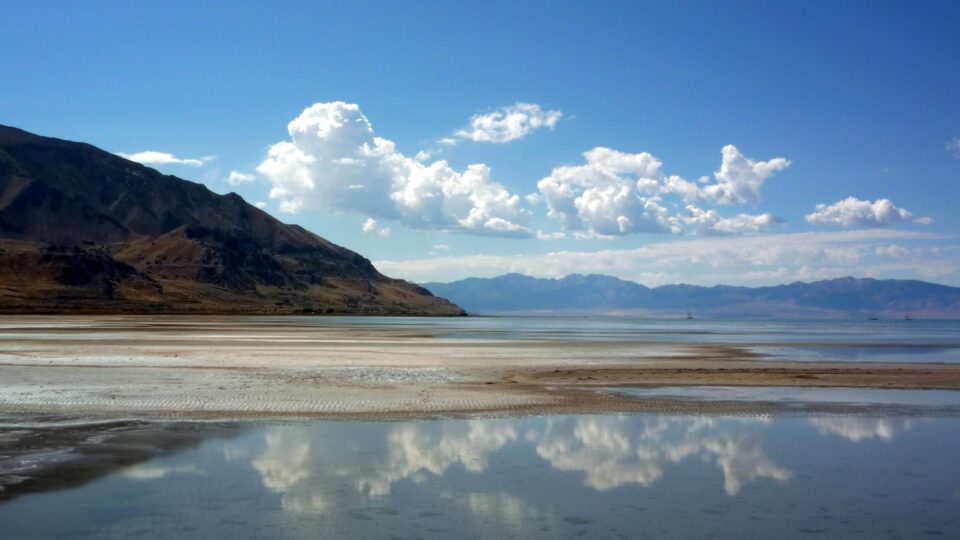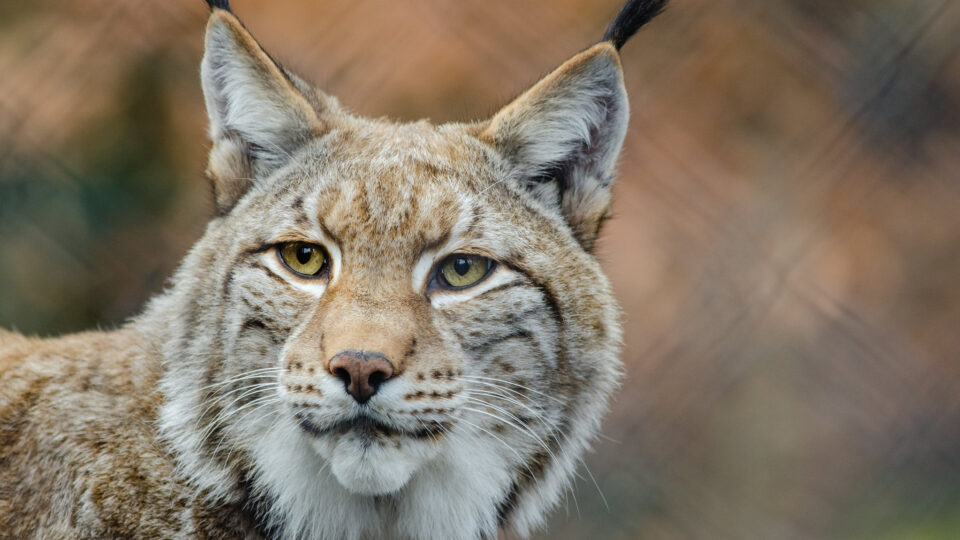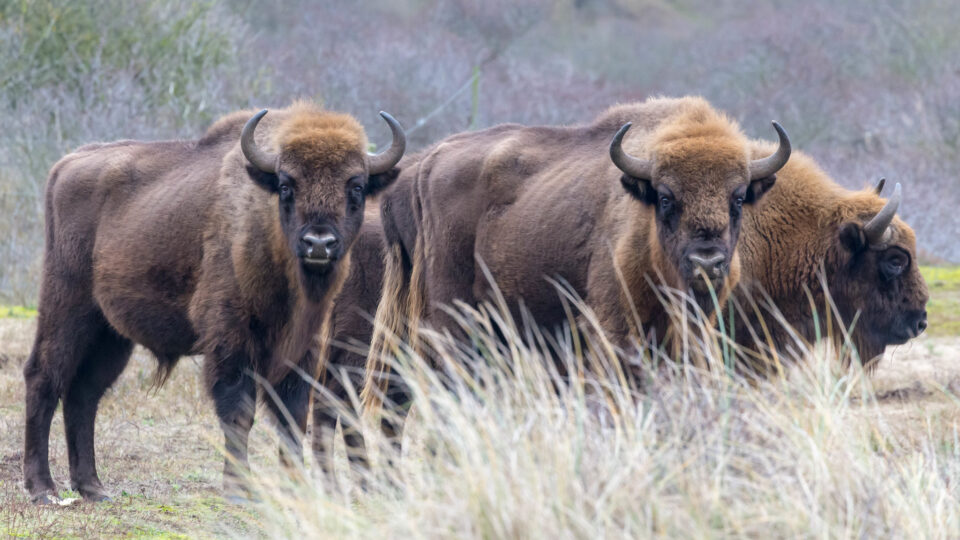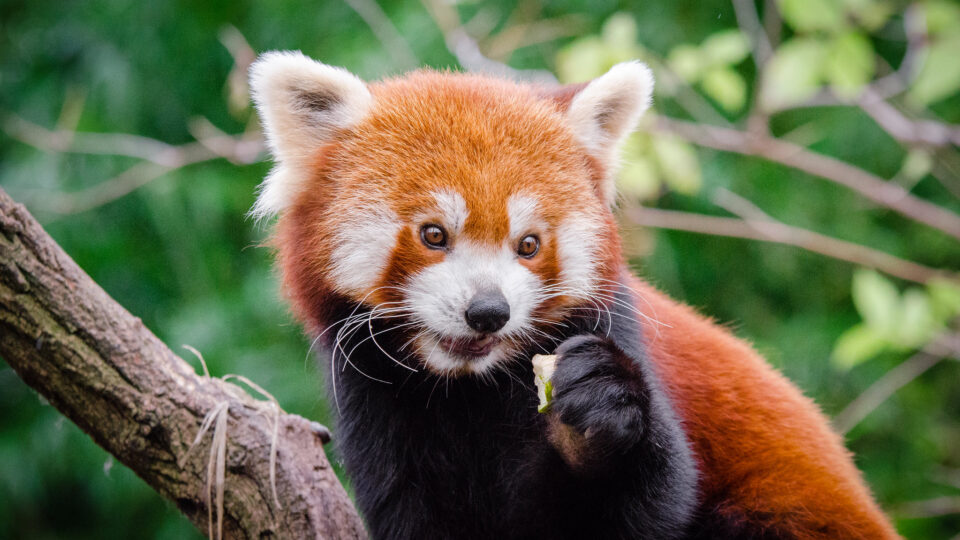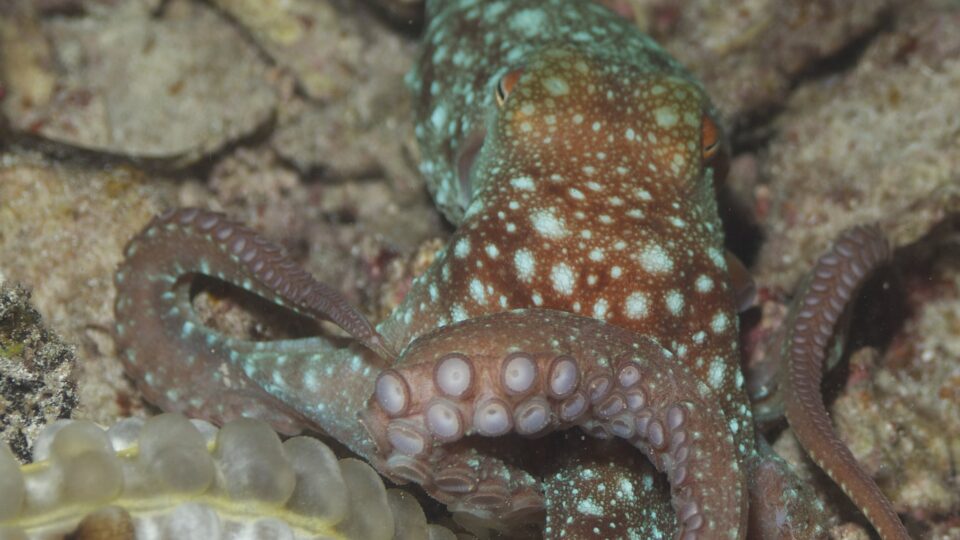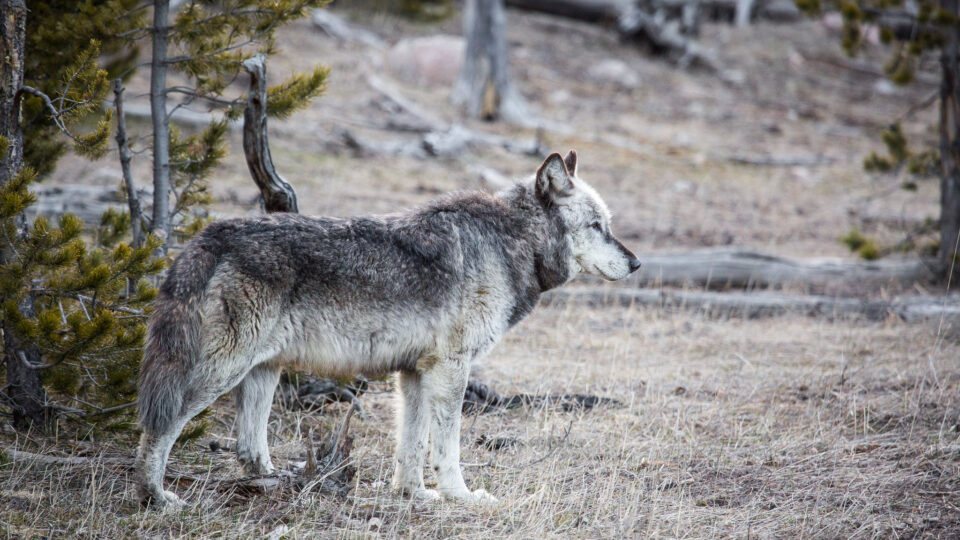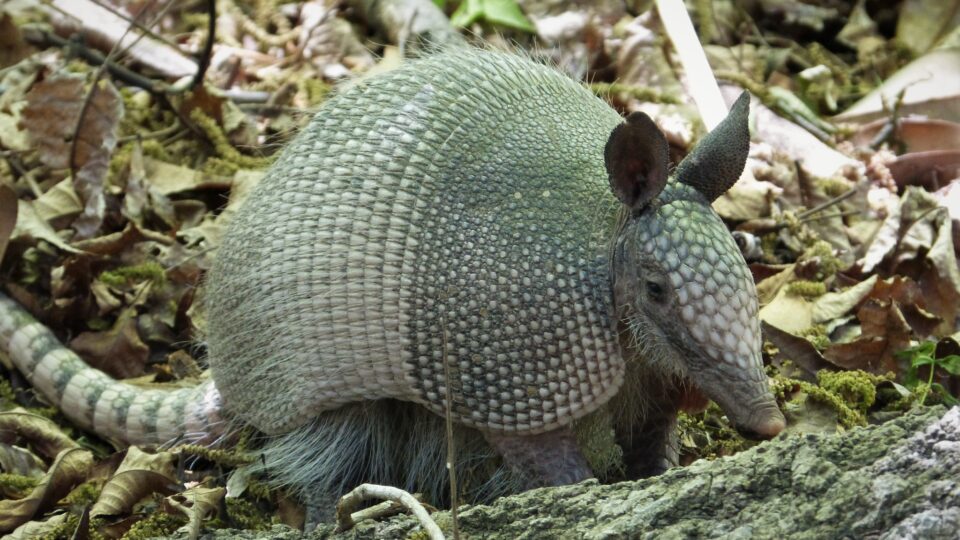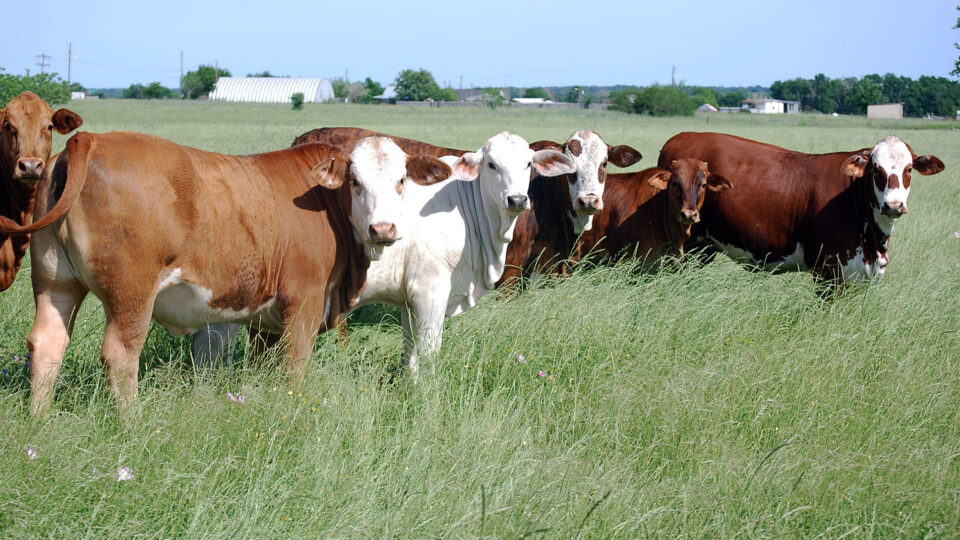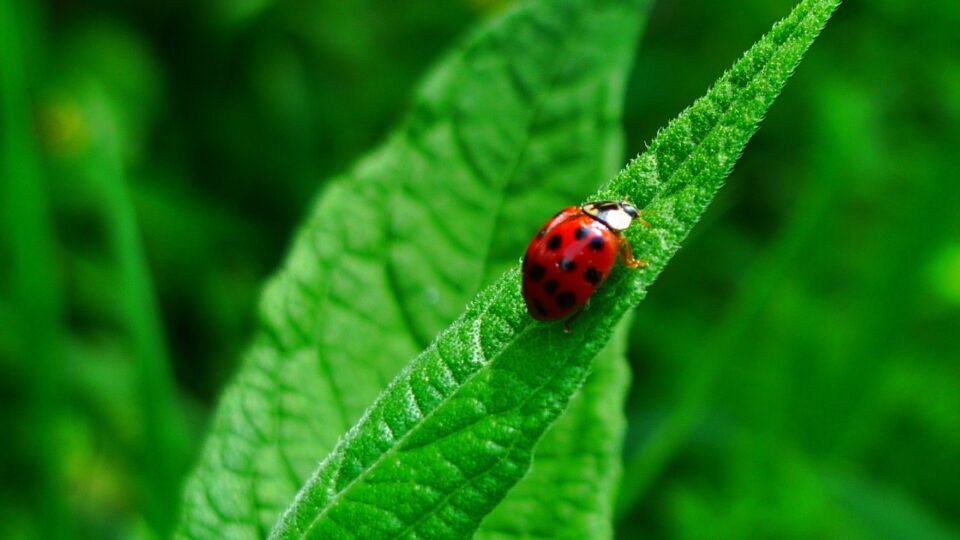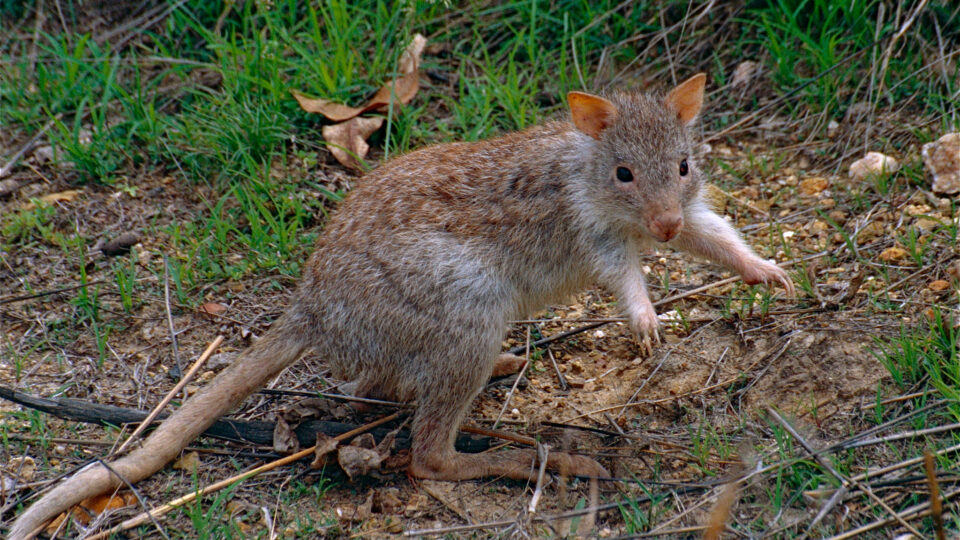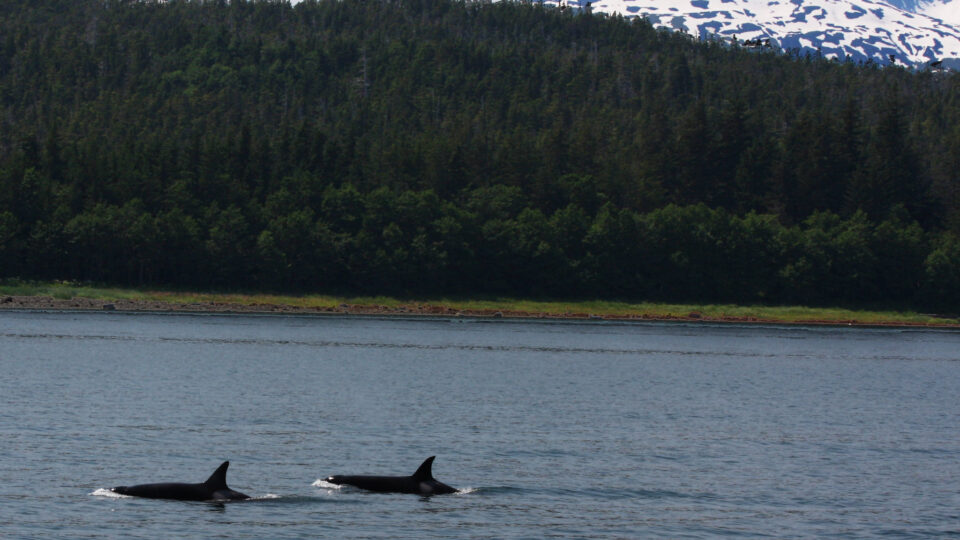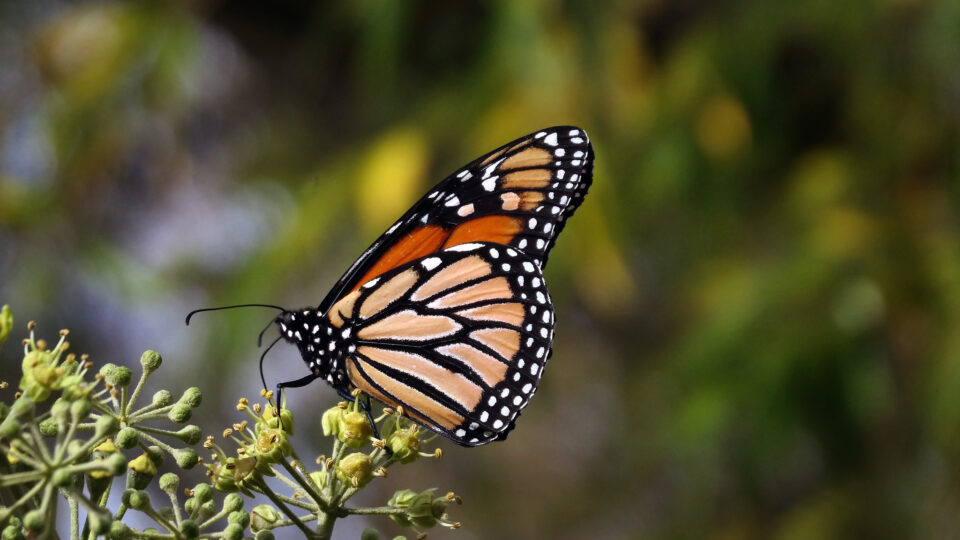Over millions of years, Earth’s climate has warmed up and cooled down many times. However, today the planet is warming much faster than it ever has over human history. According to scientists, the warming is primarily the result of increased anthropogenic greenhouse gas emissions. In fact, human activities are responsible for nearly all of the increase in atmospheric greenhouse gas emissions over the last 150 years.
According to a new study published in the journal Ecology, the warming climate may soon mean more mosquitoes. A research team, led by scientists from Virginia Commonwealth University, found that rising temperatures, often linked to climate change, can make predators of mosquito larvae less effective at controlling mosquito populations. According to researchers, these warmer temperatures accelerate the development time of larvae, which leads to a smaller window of time in which predators like dragonflies could eat them. As a result, twice as many mosquito larvae could make it to adulthood in the study area.
Predators help stabilize ecosystems and food webs. The study looked at predator-prey interactions between dragonfly nymphs and mosquito larvae. In the study of Belle Isle along the James River in Richmond, Virginia, the research team found that warmer pools had more aquatic rock pool mosquito larvae – even when their predators that naturally control the populations were present.
While this species of mosquito is not an important disease vector, the researchers emphasize that these findings likely apply to other mosquito species that do act as vectors for diseases, such as West Nile or Zika virus.
The changing climate is creating the perfect environment for mosquitoes to thrive.
**********
Web Links
Hotter weather caused by climate change could mean more mosquitos, according to VCU-led study
Photo, posted June 20, 2014, courtesy of John Tann via Flickr.
Earth Wise is a production of WAMC Northeast Public Radio
